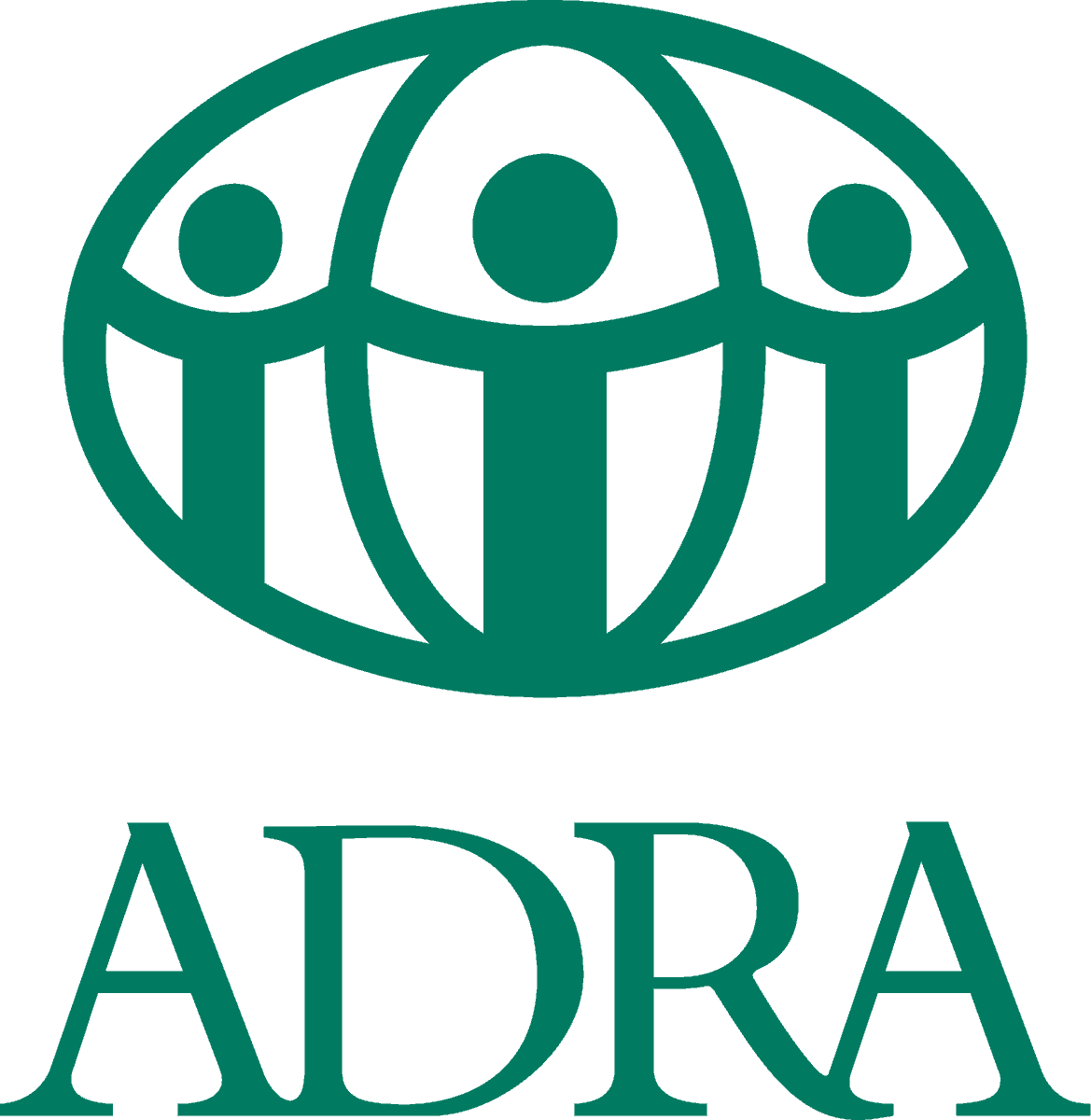In the heat of the midday sun, groups of community health volunteers (CHV) dispersed across the island barangay of Sumaoy to start collecting data on the families within their own communities. The women, all important leaders within their community, were tasked with interviewing family heads and finding important information on the ways in which malnutrition occurs within the island.
The leaders had just completed PD Hearth (positive deviance) training the previous day, and were eager to use these skills within their own networks. EMBRACE MNCH associates had conducted the previous day’s facilitation, aiming to skills share with the community ways in which to monitor malnutrition and maternal and child health. Positive deviance in child nutrition refers to children who are able to grow up sufficiently despite poverty and lack of resources where many children do not.
Three of the CHV’s involved with the training debriefed shortly after their home visit, and took time to reflect on how they felt the visit went, and what challenges are currently being faced by the island barangay.
Francia, Sonia, and Isabella are all community health workers within the municipality, as well as beneficiaries of EMBRACE, and are all charged with observing families within the barangay.
Sonia brought up the fact that the skills shared during the orientation are not only important to her as a public servant, but also for her own family, as she has a child at home suffering from malnourishment.
“What we did was visit certain families and observed their feeding practices, how they take care of their children, and their home environment,” she explained.
“If there is a malnourished child in the family, eventually the mother will be concerned. If there is even one malnourished kid in the family, eventually it will start to affect the mother,”
“We are trying to think of solutions to prevent this malnourishment. A lot of mothers are malnourished, […], pregnant mothers who are malnourished can pass this along to their children. Children can be affected also by their mother’s nutritional status.” Sonia continued, raising one of the major points of PD hearth –that there’s an intimate connection between the mother’s nutritional status and the impact it will have on the child.
They also pointed out that a lot of families lack proper CR (bathrooms) and sanitary conditions in their households.While strides were made with the start of nutritional training, the CHV’s were quick to point out that a lot of work remains to be done.
“There is a lack of medicine in the health center for children, access to transportation to the mainland is lacking. There’s situations where the weather makes it hard to travel. We’re also lacking equipment, and we’re hoping that ADRA will someone help us with the necessary equipment.
“We are hoping to use the skills and knowledge and apply it. We are hoping that even if ADRA [one day] is not here anymore, we can apply it and share it with our community.”
Despite the obstacles ahead for their barangay, the women were overall positive about the influence of ADRA within their community .
“We’re hoping that when ADRA is gone, that in the absence of ADRA’s presence that there will be a decreased rate of malnourishment in this community with under five children, but also for everyone in this community,” Sonia remarked
“Not only physical malnourishment, but also with their thinking. If you can fill people up with positive thinking about these issues.”
Isabella concluded “I’m thankful for ADRA for coming out here, despite the long distance.[…] And for sharing their knowledge with us, I’m really grateful.”

